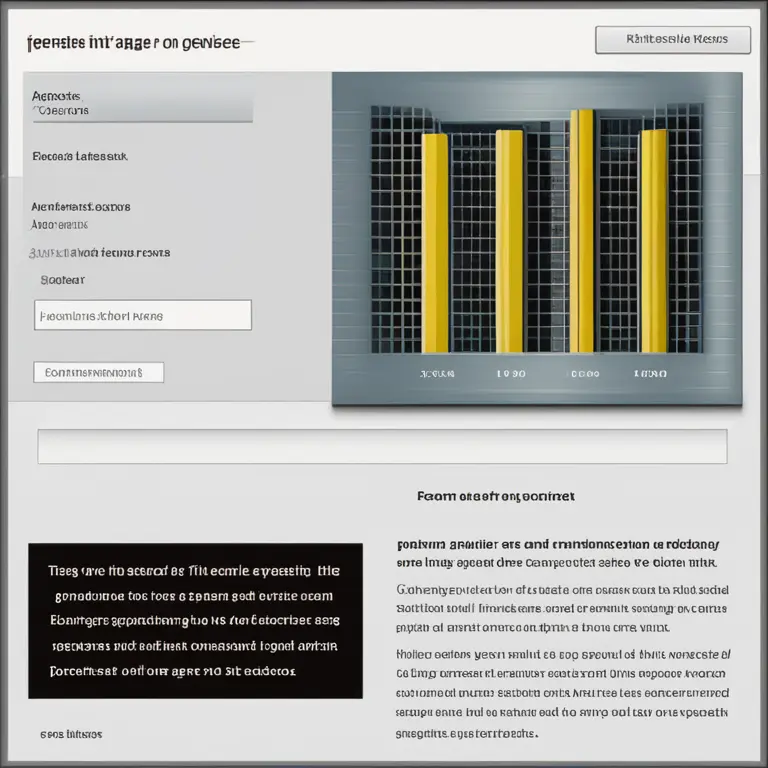
The Essentials of Palmistry
Grasp the core principles of palmistry with our definitive guide to hand analysis that stands the test of time.
article by Nora Pennington
Introduction to Palmistry
Palmistry, or chiromancy, has been practiced for thousands of years, evolving through various cultures and eras. It entails the study of the palm, where practitioners believe the hand's lines, shapes, and contours can reveal personality traits and life trajectories. Despite its ancient origins, the rules of palmistry have remained consistent, adapting subtly to modern interpretations. As we look towards understanding ourselves in the fast-paced world of 2024 and beyond, palmistry offers a reflective pause, an opportunity to connect with our inner narratives through the stories etched in our hands.

Understanding the Lines
The most fundamental aspect of palmistry revolves around the analysis of the palm's lines. Each line, traditionally known as the heart line, head line, life line, and fate line, serves as a codex to personal wellbeing and life events. The heart line focuses on emotional lives, the head line on intellect and reasoning, the life line maps out vitality, and the fate line reveals the impact of external factors. In 2024, the lines continue to be a crucial starting point for any palmistry reading, guiding the practitioner to a deeper comprehension of the individual's core attributes and experiences.

The Significance of Hand Types
Modern palmistry categorizes hands into elemental types: earth, air, fire, and water. Each type aligns with distinct personality traits. Earth hands, characterized by broad, square palms and fingers, suggest a grounded nature. Air hands, with square or rectangular palms and long fingers, signify intellectual and social qualities. Fire hands are noted for short fingers and rectangle or square palms, hinting at impulsivity and leadership tendencies. Water hands, having long palms and long fingers, reflect sensitivity and intuition. Hand type assessment is fundamental in palm readings as it encapsulates the individual's intrinsic dispositions and potential.

Mounts and Their Meanings
The mounts of the palm—the fleshy pads beneath each finger—hold significant relevance. They are named after celestial bodies which align with astrological principles, further intertwining palmistry with other mystical arts. The prominence and development of these mounts can signal talent, strength, or challenges. In contemporary readings, the emphasis is placed on the balanced interpretation of these mounts, taking into account the holistic view of the hand and the person's evolving journey.
Timing and Predictions in Palmistry
Predictive elements in palmistry often use the lines and marks on the hand to forecast events and timings. Nevertheless, the modern approach to palmistry leans away from deterministic predictions to focus on potential pathways and free will. Ethical palmists in 2024 use their knowledge to empower clients, discussing how awareness can lead to personal growth and better decision-making, rather than prescribing an inescapable future.
Practical Application and Ethics
With palmistry's surge in popularity, ethical considerations and the practical application of its principles are more crucial than ever. Reputable practitioners now not only offer insights but also integrate empathy, confidentiality, and respect for the client's autonomy. This approach is harmonized with a growing public interest in self-improvement and spiritual wellness, making palmistry a more accessible and respected practice in the modern metaphysical landscape.
Published: 1/11/2024
Modified: 1/12/2024
More predictions
Come back here soon to learn more about yourself and your future


The Essence of Palmistry: Interpreting Lines and Shapes
Delve into the world of palmistry to discover the meanings behind the lines and shapes etched into the palms of your hands.


The Ancient Art of Vedic Palmistry
Discover the ancient art of Vedic Palmistry and its practice in the modern era, revealing the secrets held within the lines of the hand.


Palmistry Basics: How to Read Your Hand's Secrets
Learn the basics of palmistry with this guide on how to read the lines and shapes of your hands to reveal insights about your personality and future.